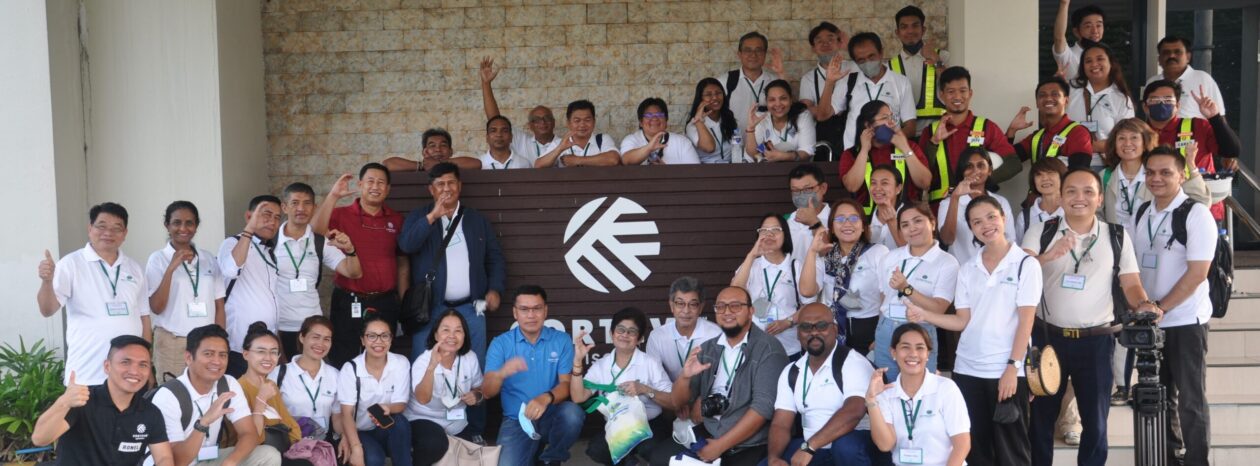A joint project of CropLife Asia & the Southeast Asian Regional Center for Graduate Study and Research in Agriculture (SEARCA)
A man out of his mind! Leaving a stable job overseas to start farming back home might be seen as a move only an unstable person would do. Not for Emerson Agno, though, it was just the beginning of something worth the cliff jump.

Now at the helm of a successful business and an active farmer’s organization, Emerson and his business partner, Lualhati Alfonso Kimura, share how Bt corn opened opportunities for them to support his fellow farmers and made it their mission to transform them into ‘agripreneurs.’
“There’s no money in farming,” Emerson recalls the comments of his Filipino coworkers when he decided to resign from his job at a multi-national construction company in Qatar and come home to help supervise his family’s agricultural commodities business in 2018.
Four years later, he has proven them wrong.
Sparked by the desire to help fellow corn farmers in the province of Quezon, Emerson later founded the Gintong Butil (Golden Grain) Agricultural Commodities and Services Company together with Lualhati when he returned from working overseas. To further assist the farmers in their area, they formed a farmer’s organization in their barangay, the Samahan ng Masisipag na Magmamais ng Mangilag Norte, in which Emerson and Lualhati are the current president and vice president, respectively. Emerson is also the current president of the Quezon Corn Growers Federation.
From four hectares, Emerson and Lualhati now manage around 20 hectares of personal farmland dedicated to Bt corn. They are also involved in managing more than 200 hectares of land by financing farmer-partners within Quezon and neighboring provinces through Gintong Butil.
CHOOSING BT CORN
“When I was able to save enough money from working in Qatar, my father retired, and we decided to go back to farming and plant corn. We chose to plant Bt corn because there was a market for it,” says Emerson. Based on their estimates, Region 4-A, comprised of five provinces namely Cavite, Laguna, Batangas, Rizal, and Quezon (CALABARZON), can only produce five to eight percent of its total corn requirement. Most of the corn supply comes from the northern parts of the country. This presented an opportunity for them to fill up the market gap in the region.
Planting conventional varieties demands more labor and inputs compared to Bt corn, according to Emerson and Lualhati. Bacillus thuringiensis or Bt corn is a genetically modified (GM) corn variety that is resistant to the Asiatic corn borer. “The conventional corn is prone to pests and diseases, so it constantly needs pesticides, which adds to the production cost. With Bt corn, we mostly spray herbicides, and we only use Fertilizer and Pesticide Authority (FPA)-approved insecticides when needed for insects such as the fall armyworm. Using chemicals are necessary at times but we need to use it properly,” Lualhati further clarifies.
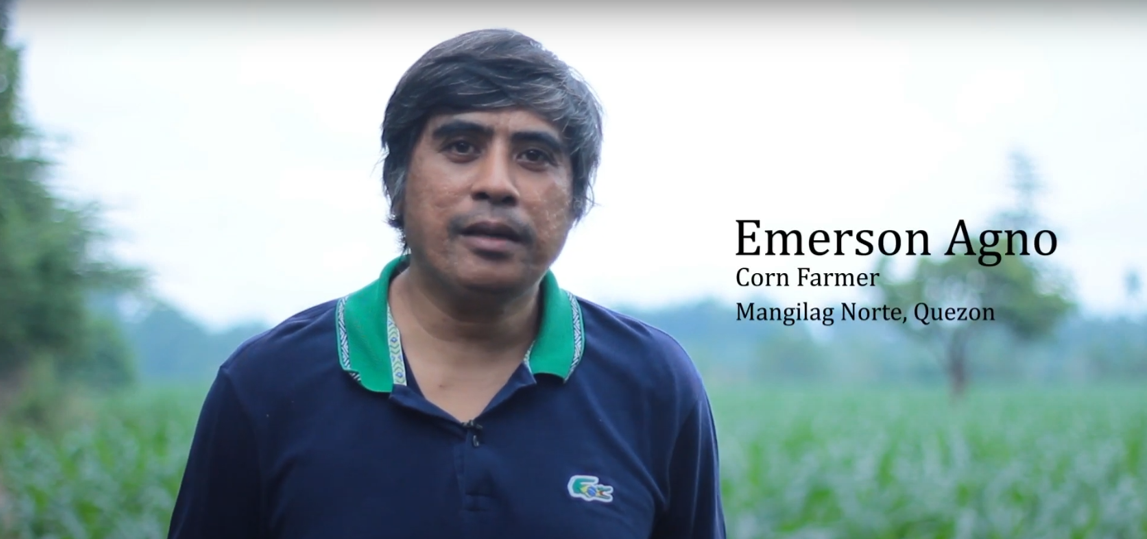
“Though it costs more compared to non-GMO seeds, the benefits and returns of a higher yield can cover those costs and more.”
They also saw the Bt corn produced better yield than the conventional variety, averaging around six to eight tons per hectare on their best crop season (the average yield for the conventional variety is 2-3 tons per hectare). “Since we are going to pour effort and resources into it, we might as well use high-yielding GM corn seeds. Though it costs more compared to non-GM seeds, the benefits and returns of a higher yield can cover those costs and more,” he notes. “We also promote Bt corn to the farmer-partners of Gintong Butil,” Lualhati adds.
BEING A FARMER-LEADER
At its core, Gintong Butil’s goal is to increase the income of corn growers in Quezon and nearby provinces and to help them address farming concerns from land preparation, harvesting, pricing, to selling their crops. “We assist them through financing and post- harvest equipment rental. Our farmer-partners often have no capital, so they loan from us with low interest rates. They usually pay us back after harvest. Members of the Samahan (farmer’s organization) can also rent farm equipment from Gintong Butil at a lower price,” Emerson explains. Additionally, the Samahan receives assistance (i.e., seeds, fertilizers, and equipment) from the Department of Agriculture (DA). The Samahan currently has 25 members within the barangay, but Gintong Butil supports around 50-70 farmer-partners throughout Quezon. They plan to expand the services of the company to the farthest towns in the province.
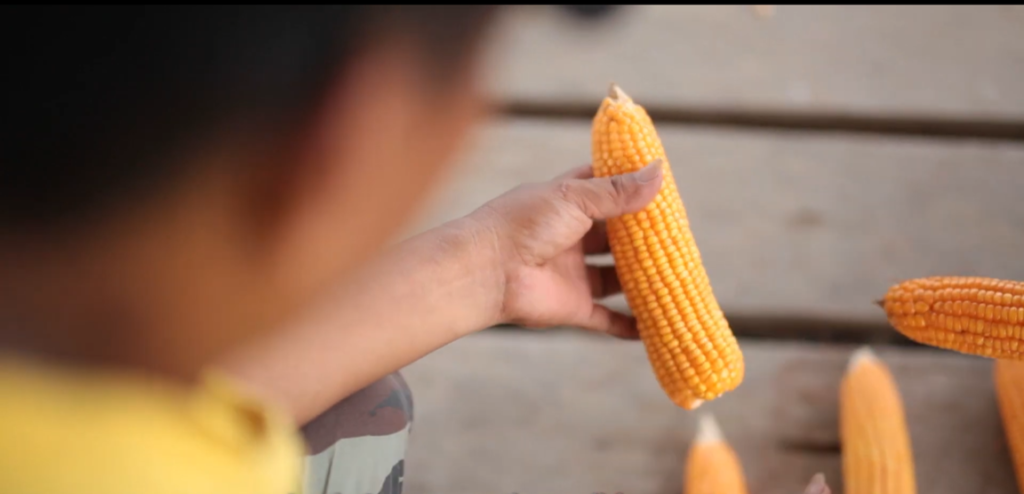
Aside from financial assistance, another concern that they are particularly keen to resolve through Gintong Butil is the presence of middlemen. “They normally buy the corn at a significantly lower price that they earn more than the farmers. We inform the farmers that they can process their own harvest, so they can keep their full income,” Lualhati continues.
Emerson and Lualhati happily share that their partner corn farmers now avail of Gintong Butil’s services instead of dealing with middlemen. After drying, they look for purchase orders from their partner feed mills and poultry farms so farmers can directly sell their harvests. “Our partner-farmers can now have a better life because they earn more,” she adds.
Gintong Butil also leads capacity-building activities for its farmer- partners. They coordinate with technicians from their suppliers as well as feed and fertilizer companies to train the farmers. They also encourage them to join trainings organized by the DA.
FROM FARMERS TO ‘AGRIPRENEURS’
From working abroad, managing Gintong Butil has become Emerson’s primary source of income. They only had a small truck, one tractor and a corn sheller when they started. They now have two tractors, dryers, and trucks. They were also able to build a warehouse with their earnings. Gintong Butil regularly supplies feed mills in Quezon, Laguna, and Batangas. Along with the yield of their farmer-partners, they also supply around 20-25 tons of Bt corn monthly to one of the major food manufacturers in the Philippines.
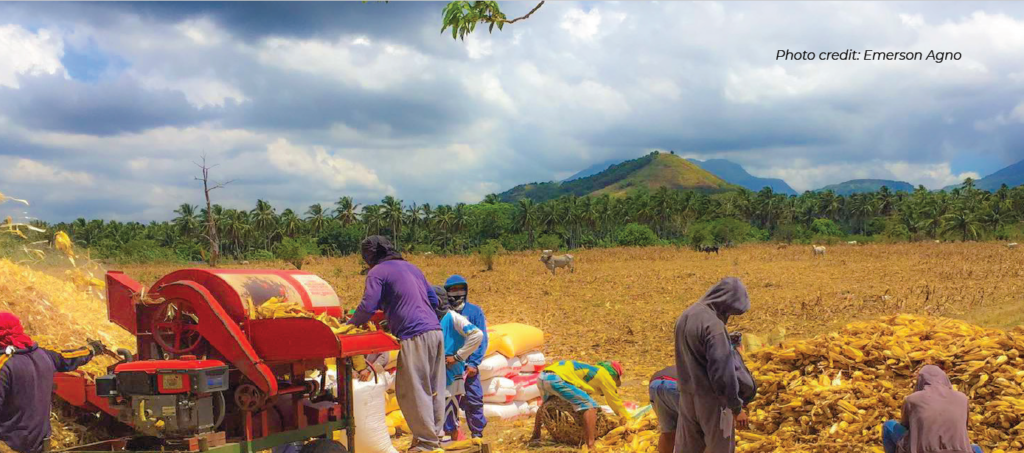
“As for business expansion, we are exploring if we can meet the demand of other companies. One challenge is having farmer-partners who know how to market new products,” Emerson admits. However, he observed that a lot of farmers still practice traditional farming methods that don’t increase their yield and harvest.
This, he says, is why farmers should be encouraged to be ‘agripreneurs.’ “They think that just because they are farmers, they can’t be entrepreneurs. We need to change their mindset that they, too, can earn more if they know the business side of farming,” he points out. Lualhati shares this sentiment and adds that the youth should have a similar outlook to motivate them to venture into agriculture. “We have to advocate that farming can be a main source of income.”
From conversations with their partners, Emerson and Lualhati believe that farmers need to be updated with modern technologies and farming practices. Machineries and post-harvest facilities in the area should also be available. One of the goals of the federation is to establish a post-harvest facility in the province with the assistance of DA and in partnership with Gintong Butil. They also encourage small-scale farmers to form organizations and consolidate their efforts since it is easier to negotiate or demand prices as a group.
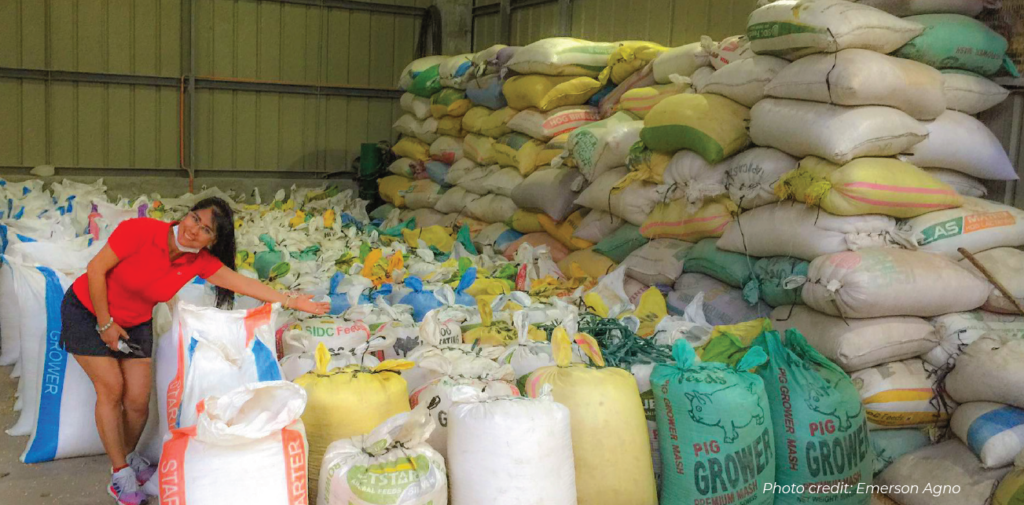
“We feel that we have a social responsibility to lend a hand to our fellow farmers. As our income increase and our quality of life improves, so should theirs. At the end of the day, we are all in this together,” Emerson states.
